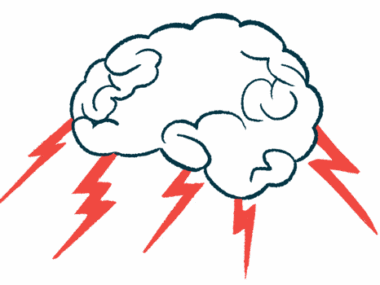Mental, Physical Health Decline as Symptoms Interrupt Daily Activities: Study
Written by |

Fatigue had the biggest impact on daily activities among people with primary Sjögren’s syndrome and was one of a number of symptoms associated with increased anxiety, depression, and physical limitations, according to a recent U.K. study.
This effect was markedly reduced in patients with a longer disease duration, suggesting that disease self-management improves over time, the researchers noted.
The results provide insight into how the disease affects daily life so that additional treatment options can be offered, the researchers said. “This study shows the importance of early intervention with support for symptom management, particularly fatigue,” the researchers wrote.
The study, “Activity interference in patients with Sjögren’s syndrome: a cross-sectional study of 149 patients in the UK,” was published in Rheumatology.
Sjögren’s is a chronic autoimmune condition characterized by symptoms such as dry eyes, pain, fatigue, and brain fog, all of which can significantly disrupt daily activities and negatively impact quality of life.
A team of researchers in the U.S. and the U.K. conducted a comprehensive analysis of self-reported symptoms, daily activities, and mental and physical health in 149 patients (88.9% female) who participated in the U.K. Sjögren’s syndrome registry in order to better understand how symptoms affect quality of life.
Patients completed questionnaires on how each of five Sjögren’s symptoms — pain, fatigue, mood, dryness, and brain fog/mental fatigue — interfered with nine different life activities, with a higher score reflecting a greater impact. Questionnaires were modified for each symptom, using the standard Comprehensive Pain Evaluation Questionnaire (CPEQ) as a foundation.
The nine daily activities were physical exercise, household chores, gardening or shopping, socializing, recreation/hobbies, sexual relations, and mental efficacy.
Fatigue was the symptom that most significantly interfered with daily activities, having the highest scores in seven categories. Physical exercise, gardening or shopping, and performing household chores, were the activities most significantly impacted by it.
Nearly half of all participants (46.6%) were considered to have borderline abnormal or abnormal anxiety scores, as measured by the Hospital Anxiety and Depression Scale (HADS).
As activity interference increased in any of the five symptoms, HADS scores also increased, indicating worse anxiety and depression with greater lifestyle interruptions. Similarly, physical function, measured by the Improved Health Assessment Questionnaire (HAQ), worsened with increased activity interference.
According to the researchers, the data indicate that lifestyle interruptions caused by Sjögren’s symptoms significantly affect mental and physical health.
The study also showed that patients with a disease duration longer than nine years were not as anxious about the disease’s effects on their daily activities.
“This analysis indicates that the longer a patient with [Sjögren’s] is diagnosed, the better able they are to adapt their expectations and lifestyle,” the research team wrote. “This trend is seen in other chronic illnesses like [rheumatoid arthritis] and Crohn’s disease where patients feel their condition, over time, is less of a burden.”
The researchers said the study offers added insight into what factors limit activity levels the most. “By tailoring treatment to these key symptoms earlier, patients may learn to manage their condition sooner after diagnosis,” the researchers wrote.
They noted however, that symptoms and their effects on daily activities were highly interrelated, and a useful therapeutic approach might find ways to target several symptoms at once.
“The availability of self-management support for fatigue and associated symptoms, may result in an improvement in more than one symptom, reduce activity interference and ultimately increase quality of life,” they wrote.






